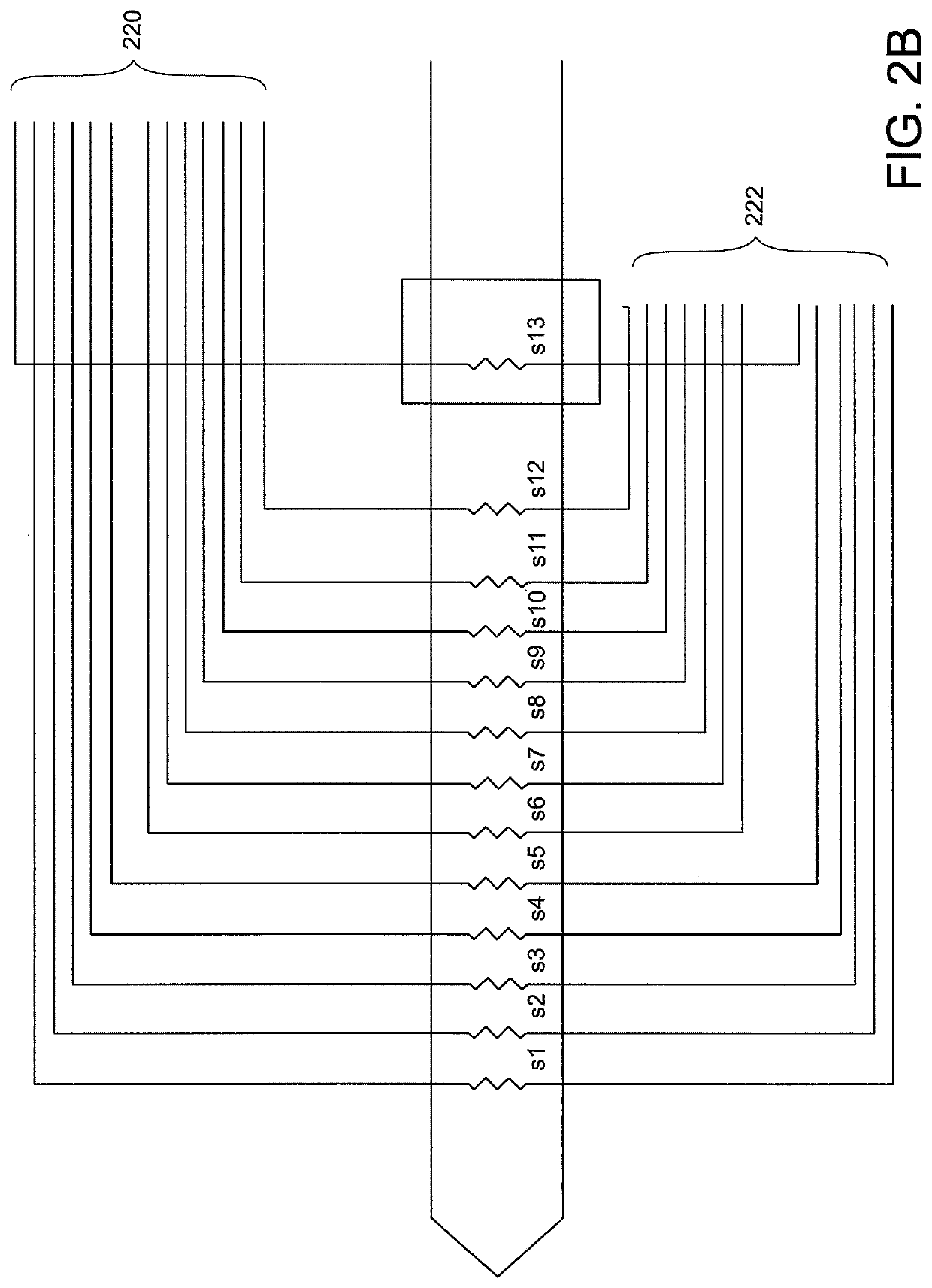Gradient sensor
a gradient sensor and sensor technology, applied in the field of differential gradient measurement systems and methods, to achieve the effect of convenient configuration of gradient measuremen
- Summary
- Abstract
- Description
- Claims
- Application Information
AI Technical Summary
Benefits of technology
Problems solved by technology
Method used
Image
Examples
Embodiment Construction
Overview
[0049]The systems and methods described herein will now be described in detail with references to illustrative embodiments. The described features, advantages, and characteristics of the invention may be combined in any suitable combination in one or more embodiments. One skilled in the relevant art will be aware that the present invention may be practiced with or without one or more of the specified features or advances present in a particular embodiment. In some cases, features and advantages may be present in some embodiments that are not present in others. These illustrated embodiments are for the purpose of describing the inventive system and methodologies and are not to be understood to be limiting in any way.
[0050]In some constructions according to the instant invention, the Gradient Sensing Device functions as a Heat Flow Probe (“HFP”) for measuring thermal conductivity of sediments and other soft, penetrable solids. Like previous HFPs, in operation, it is plunged in...
PUM
| Property | Measurement | Unit |
|---|---|---|
| length | aaaaa | aaaaa |
| temperatures | aaaaa | aaaaa |
| tilt angle | aaaaa | aaaaa |
Abstract
Description
Claims
Application Information
 Login to View More
Login to View More - R&D
- Intellectual Property
- Life Sciences
- Materials
- Tech Scout
- Unparalleled Data Quality
- Higher Quality Content
- 60% Fewer Hallucinations
Browse by: Latest US Patents, China's latest patents, Technical Efficacy Thesaurus, Application Domain, Technology Topic, Popular Technical Reports.
© 2025 PatSnap. All rights reserved.Legal|Privacy policy|Modern Slavery Act Transparency Statement|Sitemap|About US| Contact US: help@patsnap.com



